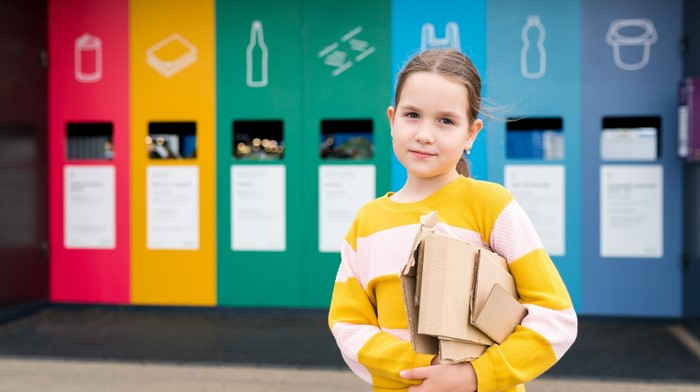Special education is an important part of the educational system, and it is important to ensure that students with special needs are receiving the best possible education. Finding the right state for special education can be a daunting task, but it is important to make sure that the state you choose is providing the best possible resources and support for students with special needs. This article will provide an overview of the best states for special education, including information on the resources and support available in each state. It will also provide tips on how to navigate the special education system in each state, so that you can make the best decision for your child’s educational needs.
Exploring the Best States for Special Education: A Comprehensive Guide
Special education is an important part of the educational system in the United States. It provides students with disabilities the opportunity to receive the same quality of education as their peers. As such, it is important to consider which states offer the best special education services. This comprehensive guide will explore the best states for special education, taking into account factors such as funding, resources, and support services.
First, it is important to consider the amount of funding each state provides for special education. States that provide more funding for special education are more likely to have better resources and support services for students with disabilities. Additionally, states that provide more funding are more likely to have higher quality special education programs.
Second, it is important to consider the resources and support services available in each state. States that provide more resources and support services are more likely to have better special education programs. These resources and services can include things such as specialized teachers, specialized equipment, and access to therapy and counseling services.
Finally, it is important to consider the overall quality of special education programs in each state. States that have higher quality special education programs are more likely to have better outcomes for students with disabilities. This includes things such as higher graduation rates, higher test scores, and better job prospects.
By taking into account these factors, it is possible to determine which states offer the best special education services. Some of the top states for special education include Massachusetts, New Jersey, and California. These states have high levels of funding, resources, and support services for special education programs. Additionally, they have high quality special education programs that lead to better outcomes for students with disabilities.
In conclusion, special education is an important part of the educational system in the United States. It is important to consider which states offer the best special education services. This comprehensive guide has explored the best states for special education, taking into account factors such as funding, resources, and support services. The top states for special education include Massachusetts, New Jersey, and California.
The Benefits of Inclusive Learning in the Best States for Special Education
Inclusive learning is a type of educational practice that seeks to provide an equal learning experience for all students, regardless of their abilities or disabilities. This type of learning has been gaining traction in recent years, as more states are recognizing the importance of providing an equitable education for all students. In the best states for special education, inclusive learning has been shown to have numerous benefits for students with disabilities, as well as for their peers without disabilities.
One of the primary benefits of inclusive learning is that it allows students with disabilities to be educated alongside their peers without disabilities. This helps to foster a sense of acceptance and understanding among all students, as they are able to learn from each other and develop a greater appreciation for diversity. Additionally, students with disabilities are able to benefit from the same curriculum and instruction as their peers, which can help to reduce the stigma associated with special education.
Inclusive learning also provides students with disabilities with the opportunity to develop social skills and build relationships with their peers. This can be especially beneficial for students with autism, as it can help them to better understand social cues and develop better communication skills. Additionally, students with disabilities are able to benefit from the same extracurricular activities as their peers, which can help to improve their self-esteem and sense of belonging.
Finally, inclusive learning can help to reduce the cost of special education services. By providing an equal learning experience for all students, schools can reduce the need for additional resources and personnel that are often required for special education programs. This can help to save money for schools, which can then be used to fund other educational initiatives.
Inclusive learning is an important part of providing an equitable education for all students, and the best states for special education are leading the way in this regard. By providing an inclusive learning environment, these states are helping to ensure that all students have access to the same educational opportunities, regardless of their abilities or disabilities.
Conclusion
In conclusion, the best states for special education are those that provide the most comprehensive and inclusive learning opportunities for students with disabilities. These states have the resources and commitment to ensure that all students have access to the same quality of education, regardless of their individual needs. By providing a supportive and inclusive learning environment, these states are helping to ensure that all students have the opportunity to reach their full potential.


